Cats have always been fascinating creatures, adored by millions around the world for their mysterious demeanor and independent spirit. Yet, beneath their cool exterior lies a complex world of emotions and memories. This article delves into how cats use their memory to foster and strengthen relationships, particularly with their human companions. By understanding these feline dynamics, we can better appreciate and nurture the bonds we share with our whiskered friends.
The Intricacies of Feline Memory
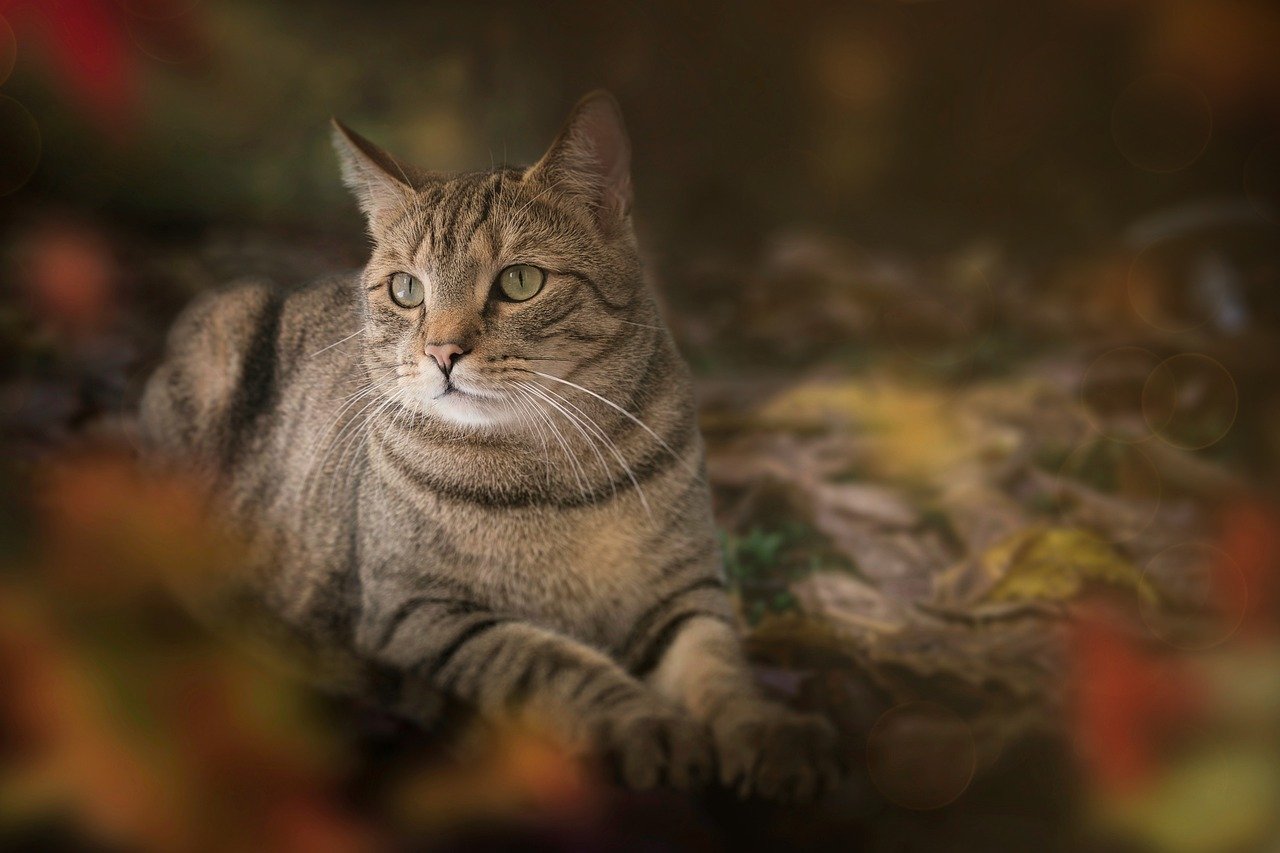
Cats, like humans, possess both short-term and long-term memory. Short-term memory in cats helps them remember things momentarily, such as the location of a favorite toy or a sudden loud noise. However, it’s their long-term memory that plays a crucial role in relationship building. Through long-term memory, cats can recall past experiences and interactions, which influences their current behavior and feelings towards people and other animals. It’s this ability to remember that allows cats to form lasting bonds and recognize their owners even after a long absence.
Recognizing Familiar Faces
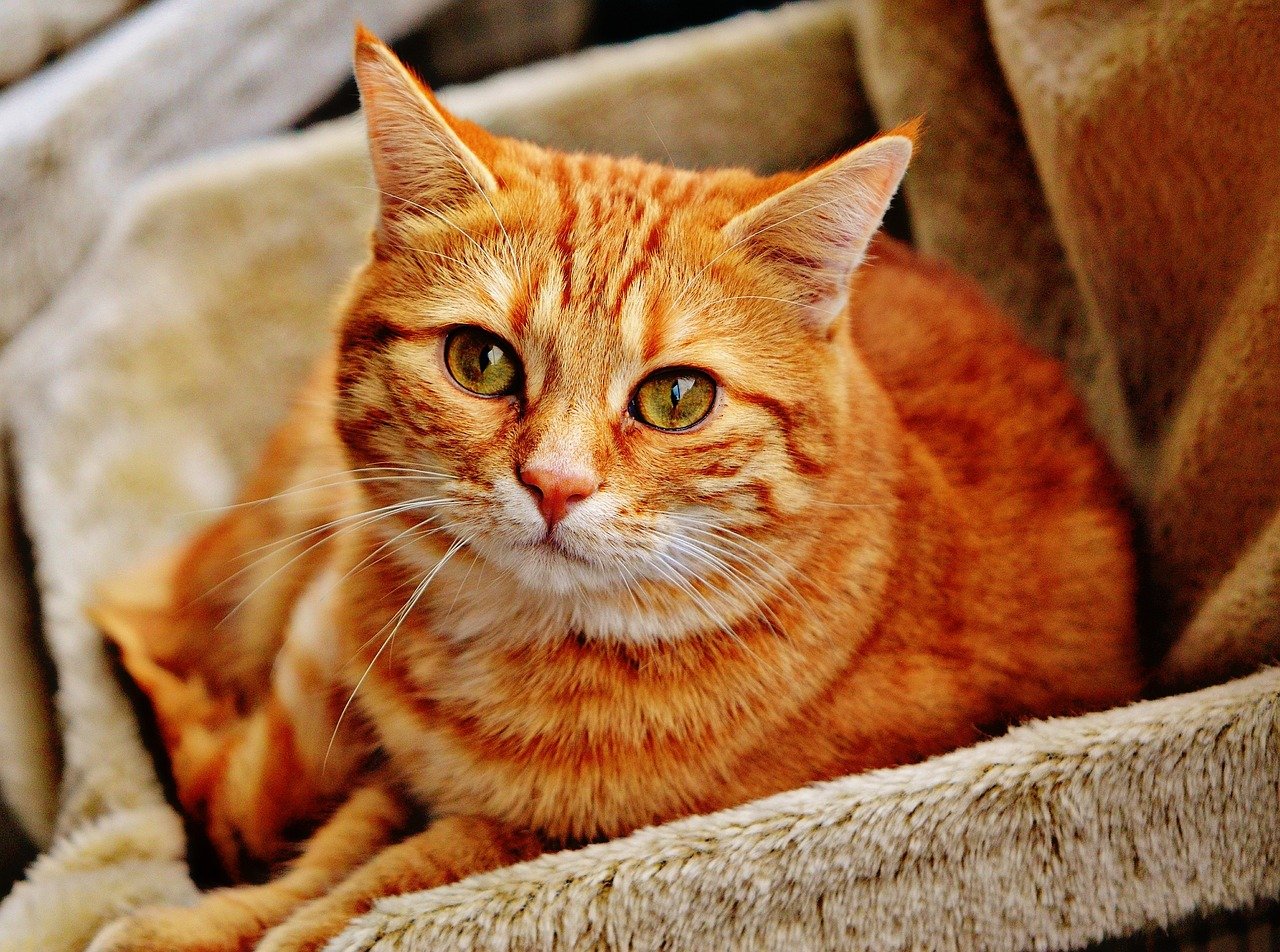
One of the most endearing qualities of cats is their ability to recognize familiar faces. This recognition is primarily based on visual and olfactory cues, as cats have an exceptional sense of smell. When a cat snuggles up to you after a long day, it’s not just seeking warmth; it’s acknowledging the bond you share. This recognition is a testament to the cat’s memory, which enables it to distinguish its favorite humans from strangers. Over time, these familiar interactions become comforting rituals that enhance the cat-human relationship.
Associating Positive Experiences
Cats are experts at associating positive experiences with specific individuals. If you frequently play with your cat or offer it treats, it will remember these interactions positively. These associations are stored in the cat’s memory and can lead to a stronger, more affectionate bond. When your cat greets you with a purr or a gentle headbutt, it’s a sign that it remembers the positive experiences and trusts you. This ability to form positive associations is crucial for building stronger relationships and ensuring your cat feels safe and loved.
Learning from Past Interactions
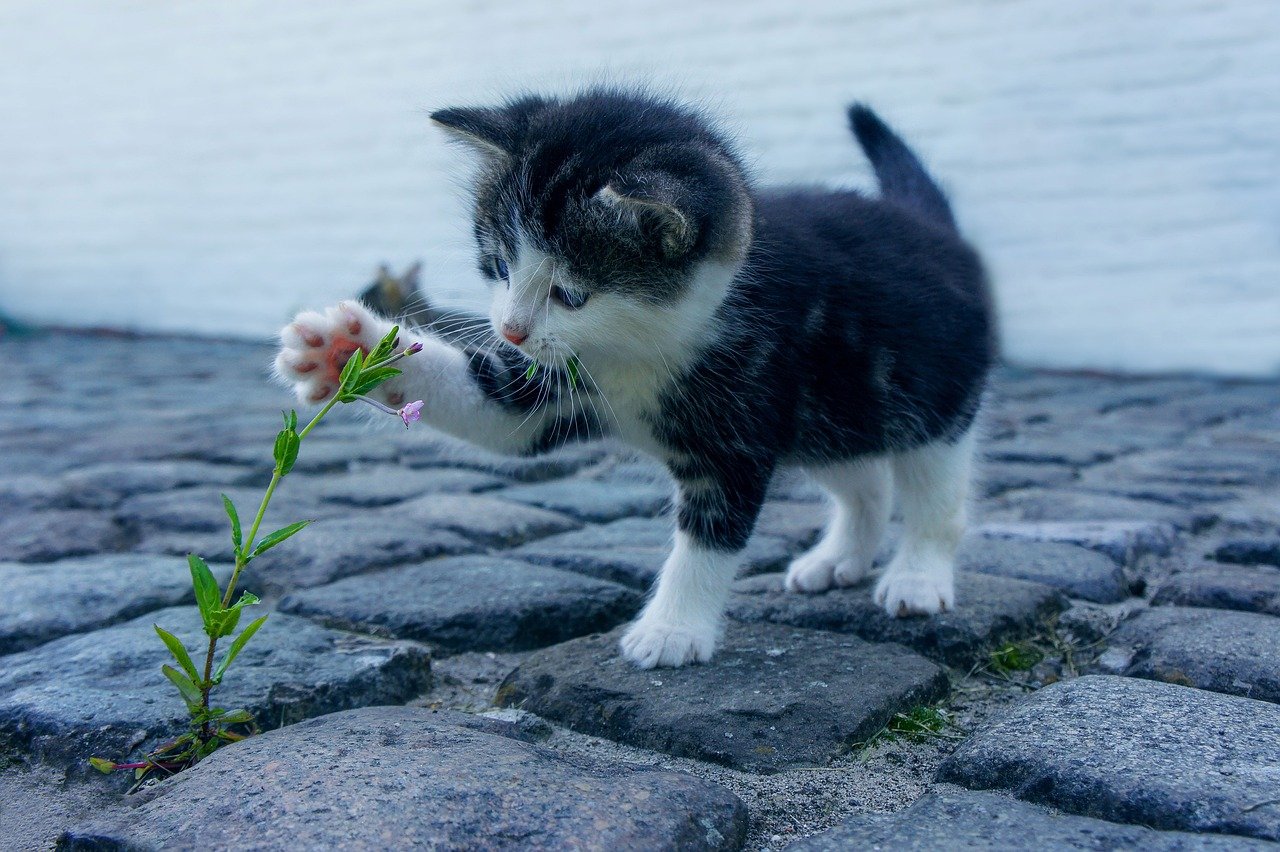
Cats also use memory to learn from past interactions, both positive and negative. If a cat has a bad experience with a particular person or situation, it will remember and may act cautiously in the future. Conversely, if a cat has enjoyed previous encounters, it will be more inclined to repeat them. This learning helps cats navigate their environment and decide whom to trust. By understanding a cat’s past experiences, owners can better address any fears or anxieties their feline friends might have.
Understanding Emotional Connections
Cats, despite their aloof reputation, are capable of forming deep emotional connections. They can sense their owner’s emotions and often react accordingly. If a cat sees you upset, it might curl up next to you, offering silent companionship. This behavior is not just instinctual but also a result of memory. Cats remember how their owners reacted in the past and adjust their behavior to provide comfort. This emotional intelligence is a key component in building and maintaining strong relationships with humans.
The Role of Routine in Memory
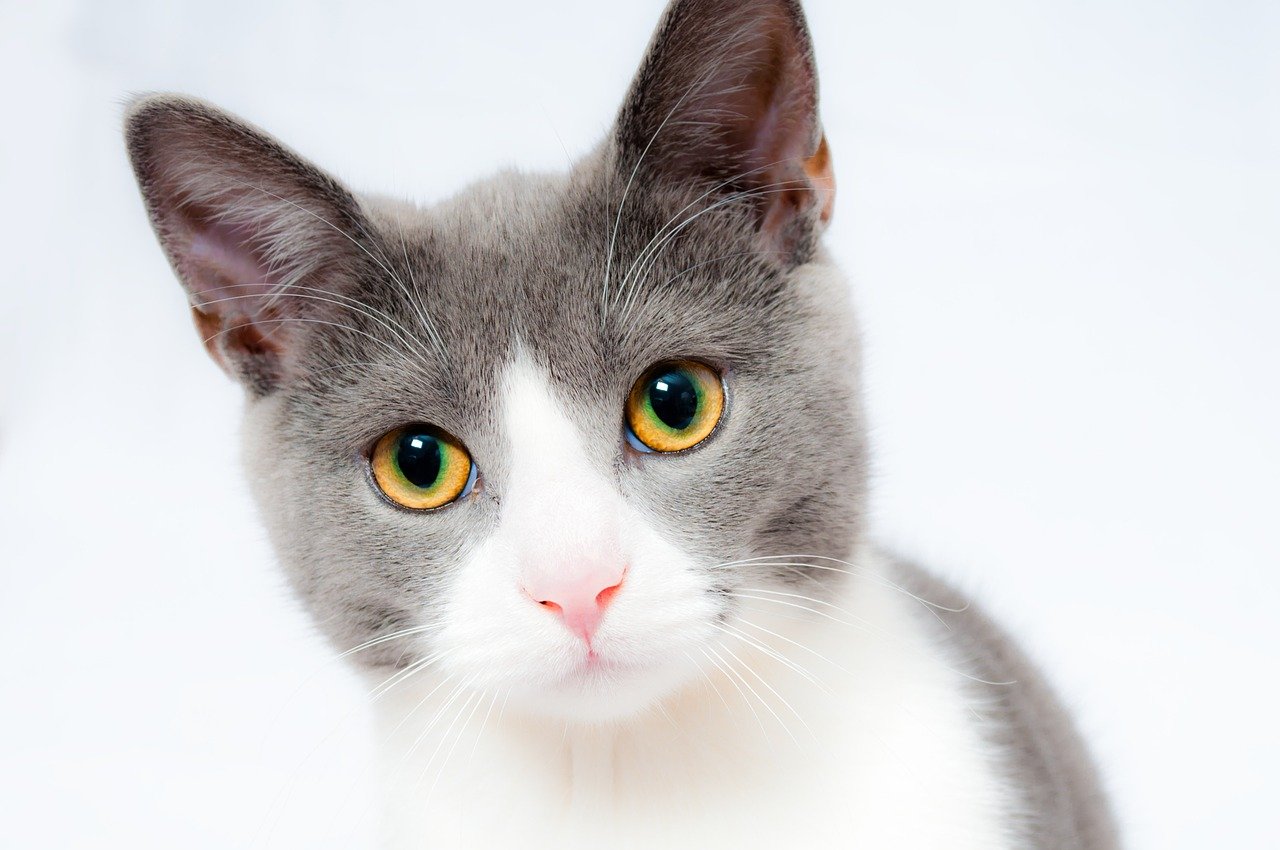
Routine plays a significant role in a cat’s memory and relationship-building process. Cats thrive on predictability and often remember daily routines, such as feeding times and play sessions. These routines help establish a sense of security and trust between the cat and its owner. When a routine is consistent, a cat knows what to expect and feels more connected to its environment and companions. Disruptions in routine can lead to stress, so maintaining consistency is crucial for fostering strong relationships.
Memory and Social Bonds with Other Cats
Cats not only use memory to build relationships with humans but also with other cats. In multi-cat households, cats remember past interactions with their feline companions, which influences their behavior. They may form alliances or rivalries based on these memories. Cats that have grown up together often share a strong bond, recognizing each other as part of their social group. Understanding these dynamics can help pet owners manage multi-cat relationships and create a harmonious living environment.
The Impact of Memory on Behavior
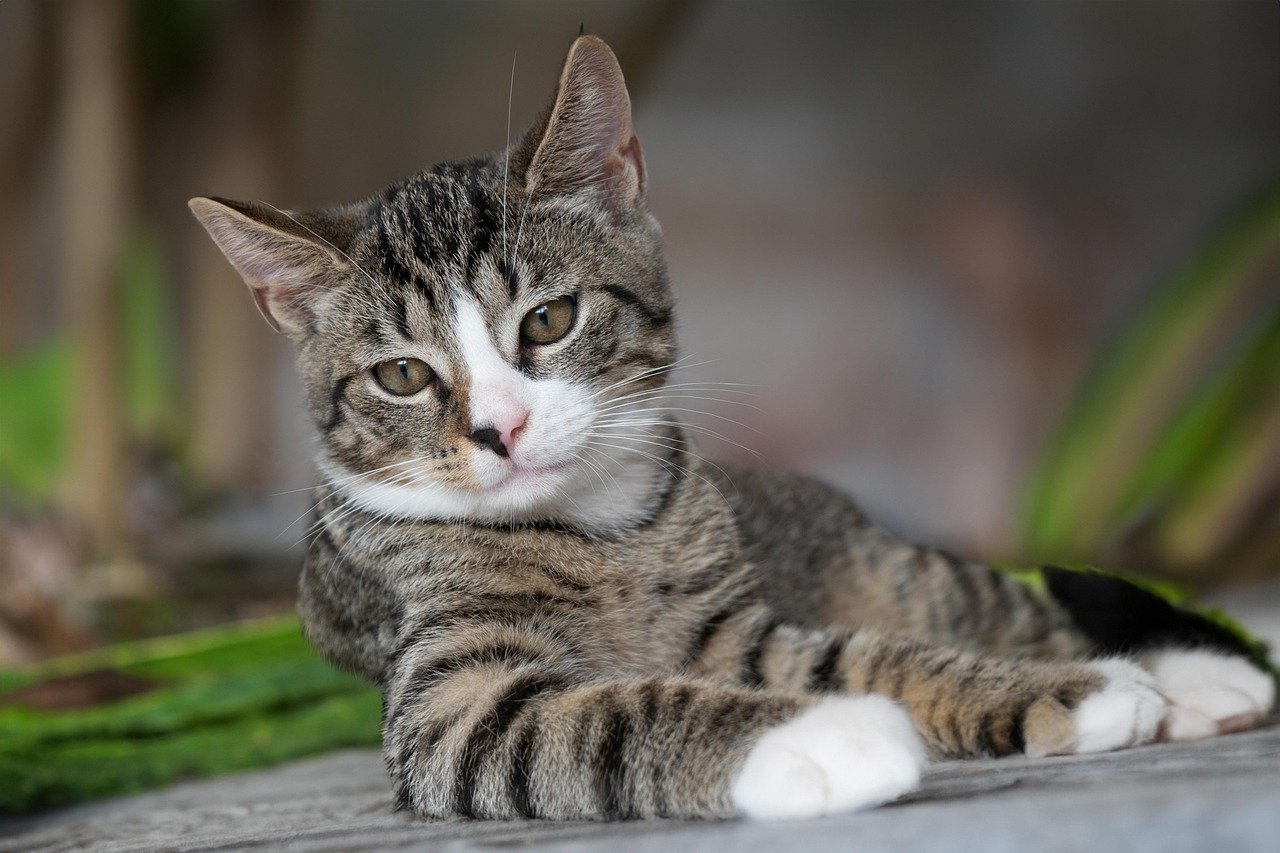
A cat’s memory significantly impacts its behavior. From recognizing a favorite spot in the sun to recalling a frightful experience, memory shapes how cats interact with their surroundings. This influence can be seen in how a cat approaches new situations or responds to changes in its environment. By observing a cat’s behavior, owners can gain insights into its past experiences and adjust their interactions accordingly. This understanding fosters empathy and strengthens the relationship between cat and owner.
Nurturing Relationships Through Understanding
Building a strong relationship with a cat requires patience, understanding, and respect for its memory and emotional needs. By acknowledging a cat’s past experiences and providing a stable, loving environment, owners can help their feline friends feel secure and cherished. Simple acts of kindness, like gentle petting or playing, leave lasting memories that reinforce the bond. As we learn more about how cats use memory to build relationships, we can deepen our connection with these enigmatic creatures and enjoy a more fulfilling companionship.

Linnea is a born and bred Swede but spends as much time as possible in Cape Town, South Africa. This is mainly due to Cape Town’s extraordinary scenery, wildlife, and atmosphere (in other words, because Cape Town is heaven on earth.) That being said, Sweden’s majestic forests forever hold a special place in her heart. Linnea spends as much time as she can close to the ocean collecting sea shells or in the park admiring puppies.






